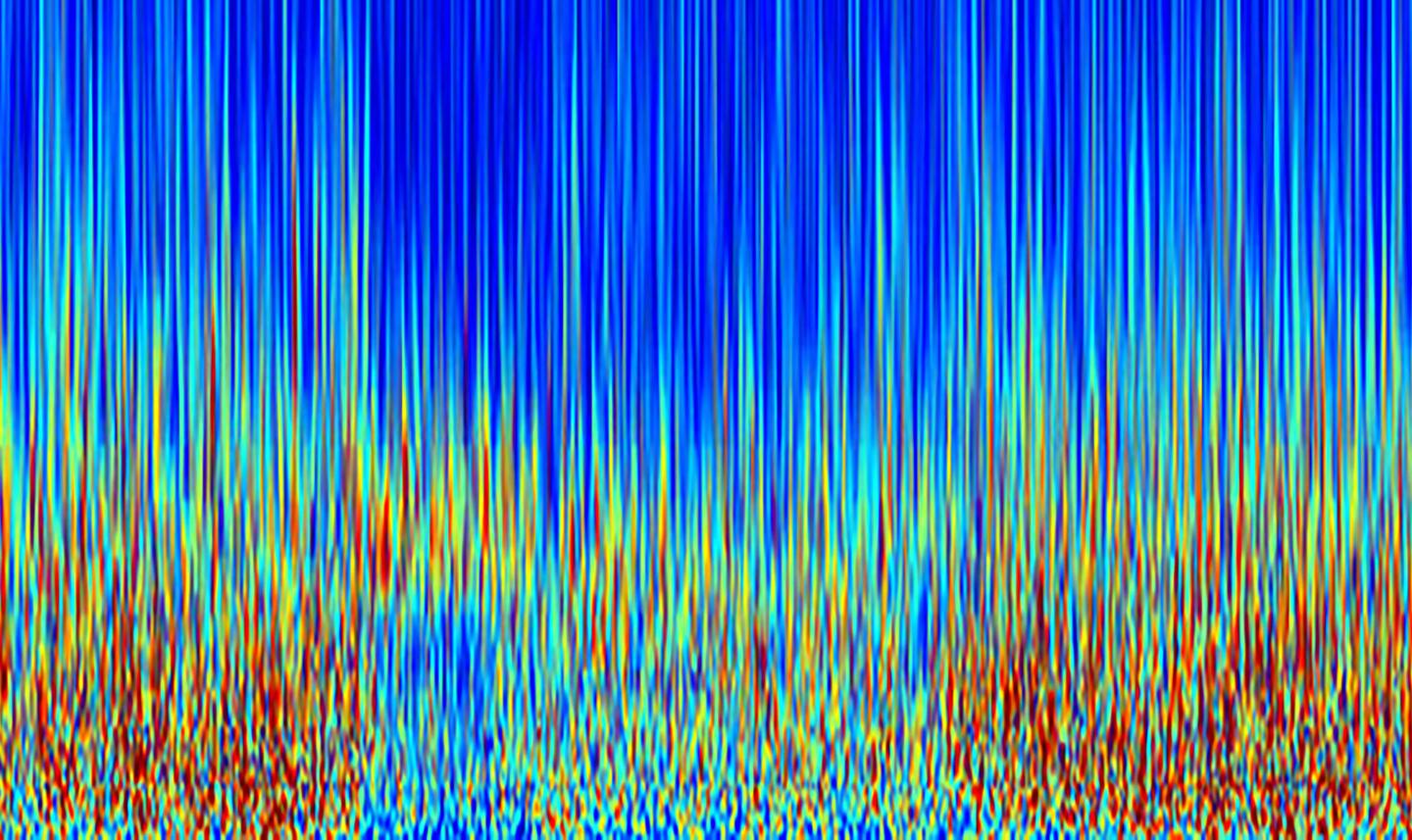NIH BRAIN Initiative scientists used machine learning to redesign a bacterial ‘Venus flytrap’ protein that can monitor brain serotonin levels in real time

Credit: Courtesy of Tian lab. University of California Davis School of Medicine.
Serotonin is a neurochemical that plays a critical role in the way the brain controls our thoughts and feelings. For example, many antidepressants are designed to alter serotonin signals sent between neurons. In an article in Cell, National Institutes of Health-funded researchers described how they used advanced genetic engineering techniques to transform a bacterial protein into a new research tool that may help monitor serotonin transmission with greater fidelity than current methods. Preclinical experiments, primarily in mice, showed that the sensor could detect subtle, real-time changes in brain serotonin levels during sleep, fear, and social interactions, as well as test the effectiveness of new psychoactive drugs. The study was funded, in part, by the NIH’s Brain Research through Advancing Innovative Neurotechnologies (BRAIN) Initiative which aims to revolutionize our understanding of the brain under healthy and disease conditions.
The study was led by researchers in the lab of Lin Tian, Ph.D., principal investigator at the University of California Davis School of Medicine. Current methods can only detect broad changes in serotonin signaling. In this study, the researchers transformed a nutrient-grabbing, Venus flytrap-shaped bacterial protein into a highly sensitive sensor that fluorescently lights up when it captures serotonin. Previously, scientists in the lab of Loren L. Looger, Ph.D., Howard Hughes Medical Institute Janelia Research Campus, Ashburn, Virginia, used traditional genetic engineering techniques to convert the bacterial protein into a sensor of the neurotransmitter acetylcholine. The protein, called OpuBC, normally snags the nutrient choline, which has a similar shape to acetylcholine. For this study, the Tian lab worked with Dr. Looger’s team and the lab of Viviana Gradinaru, Ph.D., Caltech, Pasadena, California, to show that they needed the added help of artificial intelligence to completely redesign OpuBC as a serotonin catcher.
The researchers used machine learning algorithms to help a computer ‘think up’ 250,000 new designs. After three rounds of testing, the scientists settled on one. Initial experiments suggested that the new sensor reliably detected serotonin at different levels in the brain while having little or no reaction to other neurotransmitters or similarly shaped drugs. Experiments in mouse brain slices showed that the sensor responded to serotonin signals sent between neurons at synaptic communications points. Meanwhile, experiments on cells in petri dishes suggested that the sensor could effectively monitor changes in these signals caused by drugs, including cocaine, MDMA (also known as ecstasy) and several commonly used antidepressants.
Finally, experiments in mice showed that the sensor could help scientists study serotonin neurotransmission under more natural conditions. For instance, the researchers witnessed an expected rise in serotonin levels when mice were awake and a fall as mice fell asleep. They also spotted a greater drop when the mice eventually entered the deeper, R.E.M. sleep states. Traditional serotonin monitoring methods would have missed these changes. In addition, the scientists saw serotonin levels rise differently in two separate brain fear circuits when mice were warned of a foot shock by a ringing bell. In one circuit – the medial prefrontal cortex – the bell triggered serotonin levels to rise fast and high whereas in the other – the basolateral amygdala – the transmitter crept up to slightly lower levels. In the spirit of the BRAIN Initiative, the researchers plan to make the sensor readily available to other scientists. They hope that it will help researchers gain a better understanding of the critical role serotonin plays in our daily lives and in many psychiatric conditions.
###
WHO:
John J. Ngai Ph.D., director, NIH BRAIN Initiative; Edmund (Ned) Talley, Ph.D., program director, National Institute of Neurological Disorders and Stroke.
Article:
Unger, E. K., Keller, J. P., Altermatt, M., et al. “Directed evolution of a selective and sensitive serotonin sensor via machine learning,” December 23, 2020, Cell; DOI: 10.1016/j.cell.2020.11.040
This study was supported by grants from the NIH (NS090604, NS013522, NS007431, MH107056, MH117069, AA019454, AA011605, AA025475 , GM124165, RR029205); NIH Intramural Research Programs at the National Institute on Alcohol Abuse and Alcoholism (AA000421), the National Institute of Neurological Disorders and Stroke, and the National Institute of Mental Health; the U.S. Department of Energy (Contract No. DE-AC02-06CH11357); the Howard Hughes Medical Institute; the Heritage Medical Research Institute; the Center for Molecular and Cellular Neuroscience of the Chen Institute; the Beckman Institute for CLARITY, Optogenetics and Vector Engineering Research; the Mistletoe Foundation; and the ARCS Foundation.
For more information:
http://www.
http://www.
http://www.
http://www.
http://www.
http://www.
http://www.
http://www.
The NIH BRAIN Initiative® is managed by 10 institutes whose missions and current research portfolios complement the goals of the BRAIN Initiative: National Center for Complementary and Integrative Health, National Eye Institute, National Institute on Aging, National Institute on Alcohol Abuse and Alcoholism, National Institute of Biomedical Imaging and Bioengineering, Eunice Kennedy Shriver National Institute of Child Health and Human Development, National Institute on Drug Abuse, National Institute on Deafness and other Communication Disorders, National Institute of Mental Health, and National Institute of Neurological Disorders and Stroke.
NINDS is the nation’s leading funder of research on the brain and nervous system. The mission of NINDS is to seek fundamental knowledge about the brain and nervous system and to use that knowledge to reduce the burden of neurological disease.
About the National Institutes of Health (NIH): NIH, the nation’s medical research agency, includes 27 Institutes and Centers and is a component of the U.S. Department of Health and Human Services. NIH is the primary federal agency conducting and supporting basic, clinical, and translational medical research, and is investigating the causes, treatments, and cures for both common and rare diseases. For more information about NIH and its programs, visit http://www.
Media Contact
Christopher Thomas
[email protected]
Original Source
https:/
Related Journal Article
http://dx.





